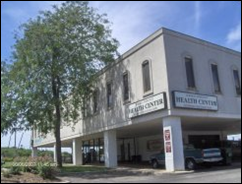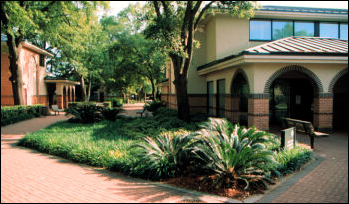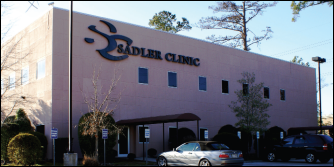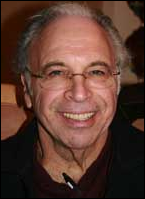Intelligent Healthcare Information Integration 5/16/10
The Complexities of Stupid Simple
Trying to follow, no less actually wrap your brain around, what’s happening in US healthcare these days is somewhat akin to trying to follow the rope through the Gordian Knot. Just think about some of the currently running debates, most hotly contested and all fueled by the NOS of the Internet:
- Privacy versus data sharing
- HIT best-of-breed versus enterprise systems
- Payers versus players
- Institutions versus individuals
- McDonald’s medicine versus medical homes
- Evidence-based versus medical art
- Security versus usability
- Etc., etc., etc.
Goodness golly, Nurse Molly, if you have half a handle on even one of these momentous mental jigsaw-like messes, you’ve got more moxie than most. This stuff is just massive…and that doesn’t even touch upon the multitude of subtopics and permutations thereof!
The fact of the matter is, for most of us, whether big brain pan or small, such giant complexities are only conceivable via analogy, simile, allegory, metaphor, or imagery. Trying to follow and make useful sense of all the threads and nuances and twisty-turns will lead to mental meltdowns and the turning on of American Idol.
The difficulty arises when trying to take the pictures within one person’s head and make them similarly visible within another’s. Vulcan Mind Probes may one day yield such seamless data transfer, but until then we’re stuck with words and numbers, pictures and symbols, ones and zeroes. We typically gain and share knowledge linearly, but our minds process it conceptually.
We humans have processed images and concepts long before “communication” via symbols, and even pictograms, came about. A single “picture paints a thousand words” because it transfers information in an easier to process format for our brains, a format for which our brains have been wired for millennia.
Accepting our limitations is by no means accepting defeat. We just need to work within the constraints of our current design criteria. Malcolm Gladwell’s “Blink” is a wonderful explanation of the power within our conceptual capacities belied by our limited communication facilities and meager attempts at linear thought processing.
Thus, I am a firm believer in the power of Stupid Simple.
Stupid Simple is not a simplistic or light-minded concept. Rather, it is the acceptance of the reality of our actual mental processing powers. Stupid Simple is what brings “light bulb” moments. It says, “We are smarter than our communicational clarity capabilities. We can understand far more deeply than the extent of our dictionaries.” Thinking clearly, communicating clearly, is typically an outcome of Stupid Simple.
Look for the Stupid Simple solution and, more often than not, you’ll find answers. Whether it’s how to portray medical info on a computer screen so that it is at its most useful or how to pay for healthcare: the higher the complexity of the explanation, more often, the less the value. Our problems may be deeply intertwined and complex; our best answers most often come from Stupid Simple address.
According to legend, Alexander of Macedonian was confronted by the classic such knotted mess at Gordium in Phyrigia, then a province of Persia. The legend contends that when incapable of finding the Knot’s ends in order to untie it, he sliced through with a stroke of his sword. Historical debate argues he may have pulled the Knot from the pole pin to which it was tied, exposing the ends, thus enabling an actual untying of the knotty problem. Regardless of the exact method of solution, Alexander got one thing right: Stupid Simple rules.
From my stupid simple trench…
“I am dying from the treatment of too many physicians.” – Alexander the Great

Dr. Gregg Alexander, a grunt in the trenches pediatrician, directs the “Pediatric Office of the Future” exhibit for the American Academy of Pediatrics and is a member of the Professional Advisory Council for ModernMedicine.com. More of his blather…er, writings…can be found at his blog, practice web site or directly from doc@madisonpediatric.com.








The article about Pediatric Associates in CA has a nugget with a potentially outsized impact: the implication that VFC vaccines…